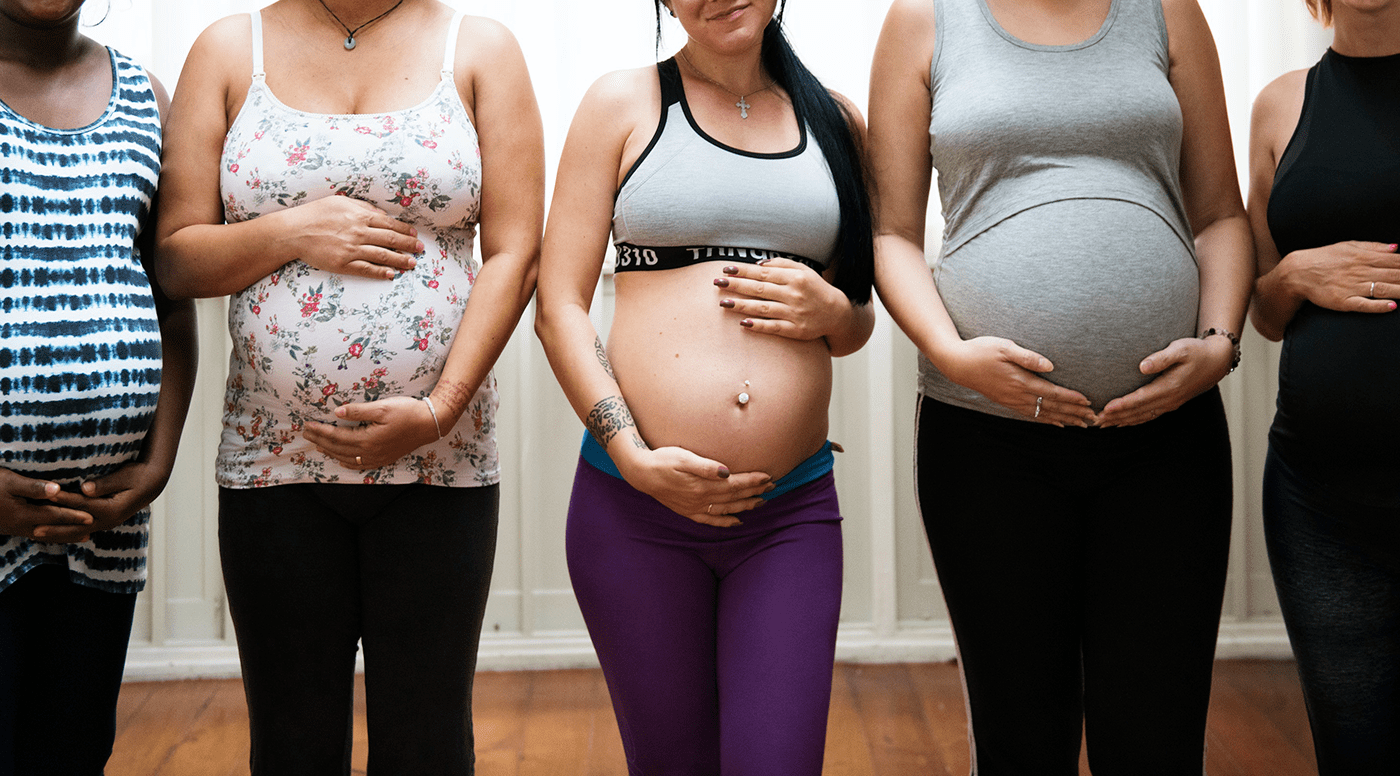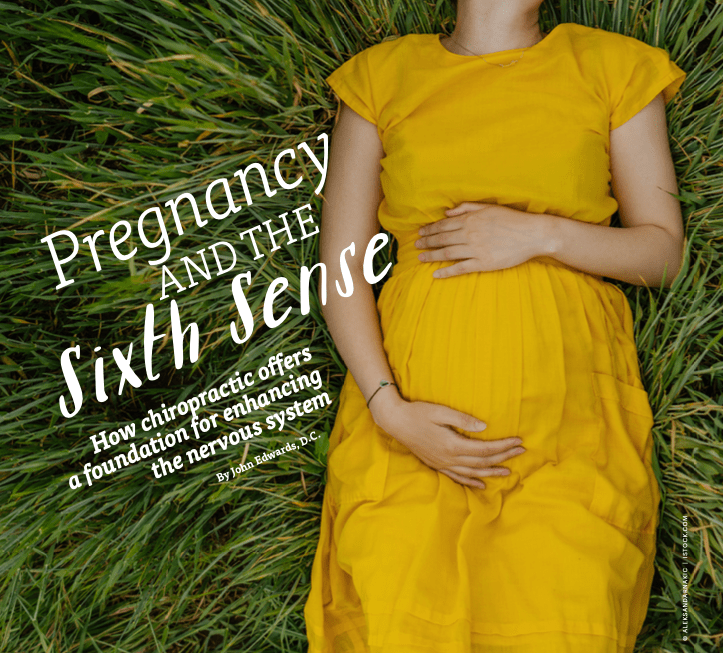Florida’s Agency for Health Care Administration publishes a resource guide called Florida Health Finder. The researchers tabulated the diagnostic codes and services performed for births at every Florida hospital from 2000-2014. Using this data for the first time we’ve been able to calculate both the VBAC (vaginal birth after cesarean) success rate and the primary cesarean rate for our local hospitals. The primary cesarean rate includes both first time mothers and mothers who have delivered their previous children vaginally. I analyzed the data since 2010, when the American Congress of Obstetricians and Gynecologists (ACOG) released a statement declaring their support of VBAC.
See the 2010-2014 SWFL regional data here.
Considering the national VBAC rate is 10%, Lee County’s 2.2% (2.4% when you include NCH and Bayfront) VBAC rate bothered me. However, it didn’t disturb me as much as calculating the primary c-section rate. People hint that the reason for the near 40% total c-section rate in Lee County hospitals is because doctors have to do so many repeat surgical births, and the reason for a high repeat rate is because of there are so many poor, substance abusing, or obese patients who don’t care about how their babies are born. What I discovered is the numbers tell a different story. Over half of the surgical deliveries in 2014 at Cape Coral Hospital (53.9%), HealthPark Medical Center (52.2%), and NCH (52.2%) were first time cesareans. I charted these primary cesarean numbers out and compared them to the total births at all of our region’s hospitals. What I found surprised me. C-sections weren’t something that happened on the rare occasion of emergency; the Lee County primary c-section rate in 2014 was 19.6%. When NCH numbers are added in, it raised half a percent to 20.1%. By adding Bayfront’s good year, a hospital that has a fairly up and down variance since 2010, the SWFL primary rate returns back to 19.8%. That means instead of 1 in 10 women facing emergency surgery, 1 in 5 local women are. Something’s wrong with this picture.
Watch: How are you preparing for your natural birth?
I’m not anti-c-section. After a 47 hour labor, we were pretty thankful for the surgical team that delivered my son (in the banner picture above). The procedure can save lives. For context over 30 years ago the World Health Organization suggested 10-15% of surgical births are necessary. However Gulf Coast Hospital, where the lion’s share of the region’s “poor, drug abusing, and unhealthy” women supposedly birth, was the only one of the seven local hospitals that fell within that range. Quite contrary to what I’d been lead to believe, they’ve fallen within the WHO guidelines annually since 2010, despite seeing more births every year than Cape Coral Hospital. A key to their consistently low rate may be their reliance on the nurse-midwifery model as an underserved hospital and the story that they have the highest number of “OB misses,” where the mother delivers before the doctor can attend the birth.
If there is good news in this prettiest gremlin contest, it’s that primary c-section rates at Cape Hospital have fallen from a staggering 27.9% in 2011. That was the highest rate of all the active hospitals I charted. Physician’s Regional in Naples topped them by a percent that year, but beginning in 2014 they were no longer delivering babies. It’s remarkable what leadership in the OB Chair can do. Dr. George Kovacevic, who earlier this year passed from a long battle with cancer, held that position at Cape Hospital. His impact and absence stand out; Cape Hospital improved their primary c-section rate from over 1 in 4 to better than 1 in 5 with him, and the number of VBACs dropped by 65% without him.
In 2014 when Dr. George (as he was affectionately called by those of us who knew and worked with him) took medical leave we had the sense locally that we were experiencing a defacto VBAC ban. The hospitals were saying they had no policy against them, but it was exceptionally difficult for our patients to find providers who would attend a TOLAC (trial of labor after cesarean) in a hospital setting. While this was a great thing for homebirth midwifery, birthing at home wasn’t what every mom felt comfortable with.
The sentiment came out that we were being ridiculous as a community, that there were VBACs going on. The thing about it though was that our group of birth services providers had our ears to the ground. We could actually name the moms who’d had successful VBACs because they were either my patients or in the ICAN of Lee County group. By my estimate the number of VBACs that happened that year could be counted on two hands. It turns out I was right.
In a 2014 interview an unnamed spokesperson at Lee Memorial estimated the number of VBACs in the past year to be around 40, which they admitted was low. That number turned out to actually be 27. For comparison, the shining star of VBAC in Florida, Tampa General, performed 326 that year which averaged out to a mind-blowing 24.8% in a state with a 5.6% VBAC success rate. Chief of Obstetrics Dr. Jerome Yankowitz does have the luxury of USF’s liability shield, but he’s also made a solid commitment to providing a “VBAC-friendly” culture. As I’ll address in a moment, other hospitals who don’t have a university’s protection are still finding their way to provide a significantly different birth experience.
I want to drive home two really important points. The first is that without community involvement, I have no reason to believe the anti-VBAC trend would have stopped. The Lee Health System administration sat down with us in the autumn of 2014 and on their own came to the conclusion that their policy could be clarified to align with ACOG guidelines. Slowly over the course of 2 years policy changes rolled out from the contracted provider groups Physicians Primary Care and Lee Physician’s Group. Two of the biggest shifts have been hiring a team of OB hospitalists to be on-call 24/7 at HealthPark so if a mom is attempting a TOLAC and requires surgery, everything is ready. This allowed the second major change to take place. A couple months ago the LPG administration decided to allow their midwives to attend VBACs. My hope is that, by allowing surgeons to be surgeons and midwives to be midwives, the 2017 VBAC numbers are going to look much different. Sarasota Memorial, Morton Plant, and Lakeland Regional all function on the OB Hospitalist + Midwifery model. Lakeland’s VBAC rate hasn’t been below 8.5% since 2010, and Morton Plant’s has varied between 6.9-9.0% during that time.
The second point is that administrative changes will likely do nothing to prevent primary cesareans. The primary c-section rates in the Bay area and Orlando have a tight 2.0% range from 2010-14 between high 14- and low-17 percent. That’s a range a full 10 percentage points lower than ours. They also achieved this while maintaining good VBAC success numbers. Sarasota’s are interesting in the way that during the early years with low VBAC, they also had high primary cesareans. Starting in 2013 the numbers dramatically shifted. It’s been said time and time again that the best way to avoid a repeat c-section is to prevent the first one. There is nothing physiologically different about our women’s pelvises than those upstate. The data suggests we have a local physician culture of surgical birth, so first time moms should to do everything they can to arm themselves against this mentality that crouches behind the curtain. The best way I know how to do this is through preparation.
Ask any OB, and the main reason for a c-section will be “dystocia” (difficult birth) or “failure to progress.” Essentially there is an issue with the passage (your pelvis), the passenger (baby’s positioning), the power supply (you’ve been laboring so long the body is worn out) or a medical/technical cause (the bulk of the WHO’s recommendation; things like a placenta covering the cervix or a cord that comes out first). The first three of those are what I address as a prenatal chiropractor. My job isn’t to turn babies or make a mom’s body do something it’s not designed to; it’s to bring balance to her pelvis so baby has room to move, and the outcome is safer, more comfortable births. During your second trimester ask yourself a few questions:
1. Is my pelvis balanced? How do I know this?
2. Does my pelvis and abdomen have the flexibility to allow my baby the room he or she needs for development and to get ready for delivery?
3. How confident am I that the signals from my brain are clearly going to my uterus so it functions exactly the way it’s supposed to? Do I have evidence when I look back at my past cycles that everything is talking well down there?
SWFL women simply have to do more to prepare for natural birth than their counterparts in other areas of Florida. Hire a doula, start getting adjusted, and think about your diet, activity, and stress levels. Do your homework on birth providers, because there are really good ones out there. Let’s make sure they stay so busy that their colleagues want in on the action.






